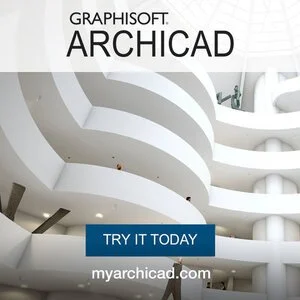#353 - How We Start Projects With New Clients - PROJECT STARTER SERVICE & VISION PACKAGE
SUMMARY
This week David and Marina of FAME Architecture & Design discuss one of the ways they begin projects with new clients with their Project Starter Service. Embarking on a project can be daunting for those unfamiliar with the architecture, design, and construction industry. The initial onboarding phase—prior to the contract being awarded—poses challenges for architects and professionals as well. The Project Starter Service and its Vision Package address the key issues, provide a smoother beginning for everyone, and establish a strong foundation for the project to build on. Enjoy!
TIMESTAMPS
(00:00) Introduction.
(01:35) Challenge 1: Choosing the right architect.
“At times [finding the right architect or designer] can feel very overwhelming because these projects take between a year to four years and that's a very long time to be committed to somebody, to an architect, designer, or contractor. I think also if you're new to a project, you know nothing about this industry and how it all works.” (01:35)
“If you're a client and you're interviewing different professionals, you look at their experience, portfolio, and references which are past clients you will speak with. However, those are the basics. The real thing you want to know is whether or not they're going to be a good fit for you. It's about having a good working relationship, not just when things are going well, but more importantly, when things are not going well which will happen in a two-year or three-year project. How does the team work together to solve problems? Does everyone stay cool? Is communication good? It's an odd thing because despite the working relationship being the most important aspect, it's also the most elusive one that you frankly just don't know until you start working with someone at least a little bit.” (03:22)
(04:50) Challenge 2: Uncertainty about project scope and feasibility.
“A challenge for clients is the uncertainty of the project scope and its feasibility. Clients often have a rough idea of what they want the house to feel like, but they don't really know how it will happen, or, they have an exhaustive wishlist of a million tiny things which don't necessarily add up to an overall vision. The Vision Package is a good opportunity to quickly test those ideas and clarify the scope and overall vision.” (04:50)
(08:10 ) The Project Starter Service and Vision Package.
“The Project Starter Service is a fixed fee, short turnaround service that has six different steps and it culminates in a presentation of what we call a Vision Package. The Vision Package has two parts to it. There’s an analysis component—a feasibility and design analysis component—and then there's preliminary design work in the Vision Package.” (08:24)
(09:50) Step 1: Questionnaire
(17:15) Step 2: Existing documents: floor plans, elevations, site plans
(18:25) Step 3: Meeting to review the questionnaire answers and reference images.
(20:40) Step 4: Site visit.
(21:13) Step 5: Vision Package: Analysis, Project Goals, Concept Sketches, Mood Images.
(31:30) Step 6: Presentation and next steps.
“Clients are always saying, ‘I don't want to tell you my budget because I have no idea how much things cost’ and the professionals are always saying, ‘You have to give me a budget because I don't know what I can do if I don't have a budget.’ The truth is it doesn't really matter who states the number first because it's a working number that will evolve and change. That said, if a client says I want to build a 5,000-square-foot home for $1 million or $2 million, then we’d say there’s no way that’s going to happen. If it’s a home that’s meant to be very high-end, it's not feasible.” (11:20)
“The quality of the solutions that we propose is always directly related to the analysis and the quality of the information we get at the beginning. If it's bad information, then it doesn't matter how talented we are, the solution's not going to make sense for the client. We like to ask what parts of their current house do they like and not like. What areas do they use the most and use the lease? What parts of the new house do they expect to use the most and lease and what parts of the new property do they like the most and least? It's not just about knowing the specific spaces, it's about tapping into the thinking that clients can have to dissect how they live. Then they realize, ‘Actually my favorite part of this house is this one nook because it gets sunlight’ and that can become the starting point, the germ for the whole project.” (16:00)
(34:05) What the Vision Package is NOT and who it is for.
“The vision package is like the storyboarding process that writers and animators do when they're producing a film. So it's not a full design, but it's enough to give you a vision of what things could become, the potential of what could take place. That's the Vision Package. It has a feasibility and analysis portion, project goals, concept sketches that are oftentimes floor plans, and mood images to round out the whole thing. After we produce all that work we have a meeting with the client to present each slide of this Vision Package and talk about the pros and cons of the different options and the different considerations. It's a good opportunity for clients to see our work, how we convey our work, and how we converse.” (30:48)
(37:15) Benefits of the Project Starter Service for clients and architects.
“The Vision Package gives the opportunity for clients to see the ideas that they had in their head on paper for the first time. That's also probably why clients get very excited after the presentation because they finally have a better understanding of what the project is going to be. It gives them more confidence into moving forward as well because when you can't visualize things and you just have vague ideas, I can understand that it would be very hard to commit to hiring.” (44:28)
(41:55) The difference between the Project Starter Service and the typical way a project starts?














